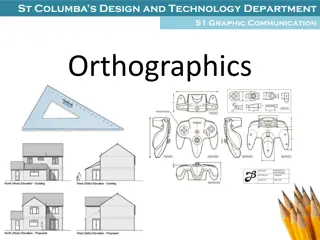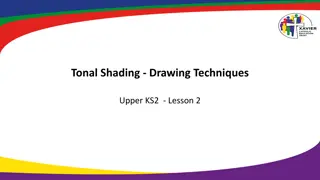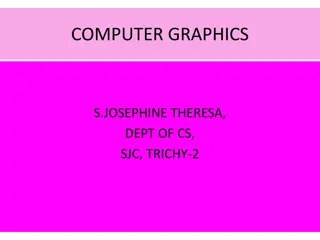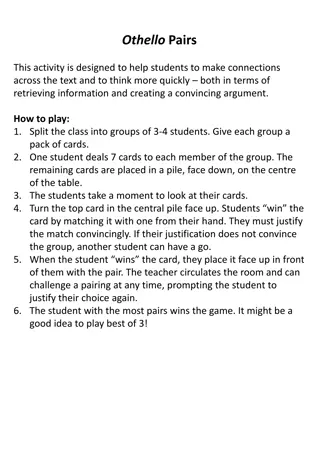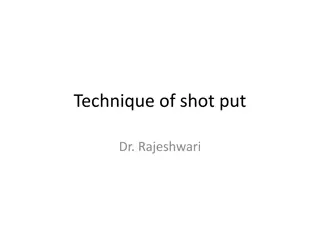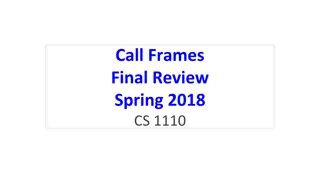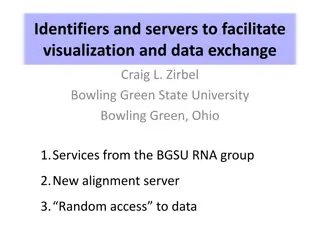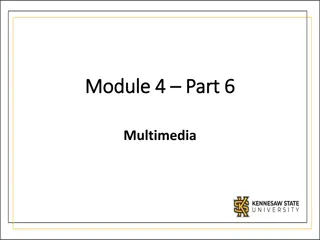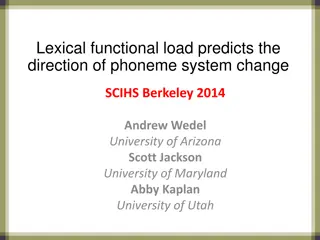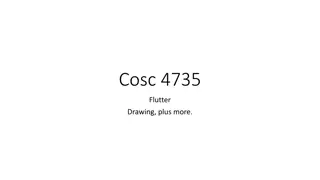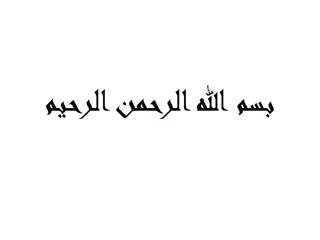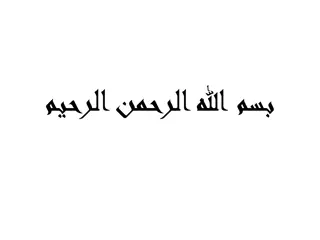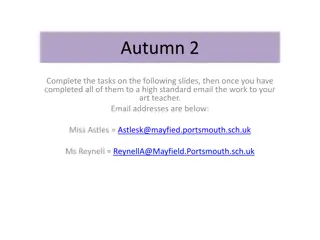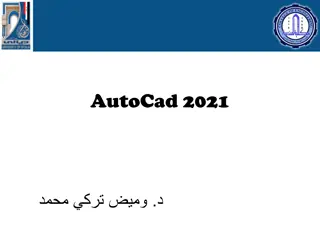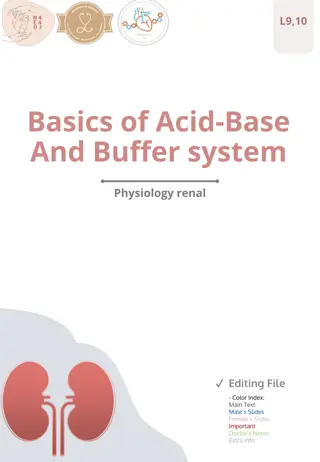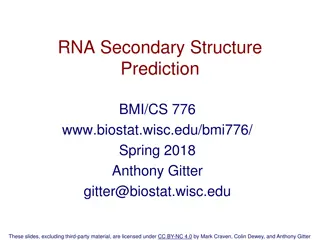Guide to Drawing Base Pairs Correctly with ChemDraw
Learn how to draw Watson-Crick base pairs accurately using ChemDraw software. Follow step-by-step instructions and visual aids to create base pairs and understand nucleotide structures effectively.
Download Presentation

Please find below an Image/Link to download the presentation.
The content on the website is provided AS IS for your information and personal use only. It may not be sold, licensed, or shared on other websites without obtaining consent from the author. Download presentation by click this link. If you encounter any issues during the download, it is possible that the publisher has removed the file from their server.
E N D
Presentation Transcript
How to draw a base pair (with ChemDraw) (correctly)
Draw two parallel lines that are spaced vertically about the size you intend to draw the Watson-Crick base pair.
Draw a third line parallel to, and equidistant between, the first two lines.
Draw a two more lines parallel to the three lines so that you now have five equally spaced lines.
A T Decide which base pair you will draw, and on which side you will have the purine base and on which side you will have the pyrimidine base.
A T Draw the first base hexagon oriented as shown above.
N N A T Add two nitrogen atoms at the positions above
N N A T Draw a template hexagon, as above.
N N A T And a second template hexagon, as above.
N N N N A T Draw the second base hexagon, include two nitrogen atoms.
N N N N A T Delete the two template hexagons.
N N N N O A T T has two keto oxygens. Draw the first.
O N N N N O A T T has two keto oxygens. Draw the second.
O N H N N N O A T Add the hydrogen to the WC nitrogen of the T
O N H N N N O A T Add the methyl group to the T
O N H N N N O R A T Add the glycosidic bond, and the deoxyribose.
O N H N N N O R A T Add the double bond.
O N H N N N O R A T Draw lower WC hydrogen bond.
H O N H N H N N N O R A T Add amino group to the A. Draw the hydrogen atoms at 120 degrees. Do not use -NH2
H O N H N N N H N N N O R A T Add the 5-membered ring to the purine (A). Indicate both nitrogen atoms.
H O N H N N N H N R N N O R A T Add the glycosidic bond and the deoxyribose.
H O N H N N N H N R N N O R A T Add all the double bonds.
H O N H N N N H N R N N O R A T Now the next base pair.
H O N H N N N H N R N N O R A T G C
H O N H N N N H N R N N O R A T N N G C
H O N H N N N H N R N N O R A T N N G C
H O N H N N N H N R N N O R A T N N N N G C
H O N H N N N H N R N N O R A T N N N N O G C C has one keto group.
H O N H N N N H N R N N O R A T H H N N N N N O G C And an amino group
H O N H N N N H N R N N O R A T H H N N N N N O R G C Draw two parallel lines that are spaced vertically about the size you intend to draw the Watson-Crick base pair.
H O N H N N N H N R N N O R A T H H N N N N N O R G C Add the double bonds to the C.
H O N H N N N H N R N N O R A T H H N N N H N N O R G C Draw two parallel lines that are spaced vertically about the size you intend to draw the Watson-Crick base pair.
H O N H N N N H N R N N O R A T H O H N N N H N N O R G C G has one keto group
H O N H N N N H N R N N O R A T H O H N N N H N N O R N H H G C G has one amino group
H O N H N N N H N R N N O R A T H O H N N N N N H N N O R N H H G C
H O N H N N N H N R N N O R A T H O H N N N N N H R N N O R N H H G C
H O N H N N N H N R N N O R A T H O H N N N N N H R N N O R N H H G C
H O N H N N N H N R N N O R A T H O H N N N N N H R N N O R N H H G C Remove the template lines
H O N H N 4 5 N N H N 3 6 R 2 1 N N O R A T H O H N N 4 5 N N N H 3 6 R 2 1 N N O R N H H G C Number the atoms.
H O N H N 5 6 4 5 N N H N 3 6 4 1 3 2 R 2 1 N N O R A T H O H N N 4 5 5 6 N N N H 3 6 4 1 3 2 R 2 1 N N O R N H H G C Notice the difference in the numbering of the 6-membered rings.
H O N H N 87 5 6 4 5 9 N N H N 3 6 4 1 3 2 R 2 1 N N O R A T H O H N N 87 4 5 5 6 9 N N N H 3 6 4 1 3 2 R 2 1 N N O R N H H G C The glycosidic bond is at the N1 of the pyrimidines. The glycoside bond is at the N9 of the purines
The N7, O6/N6 and O4/N4 are in the major groove. Major Groove H O N H N 87 5 6 4 5 9 N N H N 3 6 4 1 3 2 R 2 1 N N Minor Groove O R A T H Major Groove O H N N 87 4 5 5 6 9 N N N H 3 6 4 1 3 2 R 2 1 N N O R N H Minor Groove H G C The N3 and O2 are in the minor groove - and so is the N2 if it is a GC base pair.

















